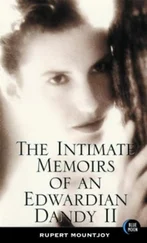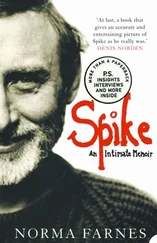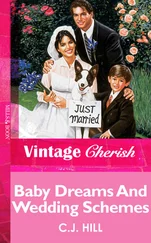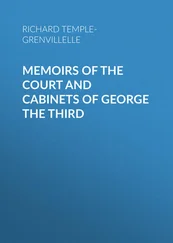“Why don’t we have some Secret Service agents taste the food?” Tish suggested. “If they don’t become sick and die, then we know the food is fine for our guests.”
René acquiesced so two agents were given the task of gorging themselves on samples of every item of food that was to be served. They started with the George Washington Mint Julep , then the Avocado and Crabmeat Mimosa Salad , moved on to the Poulet Chasseur , to the Couronne de Riz Clamart , to the Framboises à la Crème Chantilly , and finally the Petits Fours Secs. There wasn’t much time, so they had to eat and drink quickly. As it turned out, the food was not tainted, but the agents felt sick simply from the mass quantity of food they had each consumed. This satisfied René that all was well and he could safety serve the president, first lady, and all the guests without danger of his reputation being damaged beyond repair.
It was a beautiful evening and by the time the guests arrived, everything was in place. Mrs. Kennedy looked regal in a white lace sleeveless Oleg Cassini dress with a wide green sash around her waist and elbow-length white gloves, as she and President Kennedy escorted President Ayub Khan and his daughter, Begum Nasir Aurangzeb.
After a tour of Washington’s home, it was time for the battle reenactment. The Army’s Colonial Color Guard and Fife and Drum Corps performed a military drill, and then a group of musket-carrying soldiers, wearing powdered wigs, aimed their muskets and fired. It just so happened that the sixty or so members of the press corps were right in the line of fire, and even though the guns were loaded with blanks, the noise and smoke were realistic, causing more than a few members of the press to jump at the sudden gunshots. I glanced at Mrs. Kennedy, and when I saw the smile on her face, I had little doubt that the placement of the press, directly in the line of fire, was all part of her master plan.
I stayed off to the side, always near Mrs. Kennedy, observing everything going on around her. I had noticed the table settings with several forks, spoons, and knives, of different sizes, lined up in a particular order outside the plates. Growing up in Washburn, North Dakota, I had never been to a restaurant or event that required so many different types of cutlery. As I watched Mrs. Kennedy confidently choose the appropriate utensil for each course, I took mental notes should I ever be in a situation myself that would require me to know which fork was for salad, and which spoon was for dessert.
Everybody commented on the ambience, the delicious food, and the extraordinary theater of the evening. By all accounts the dinner for President Ayub Khan was a smashing success. President Kennedy knew how much effort his wife had put into the occasion and he seemed particularly proud of her.
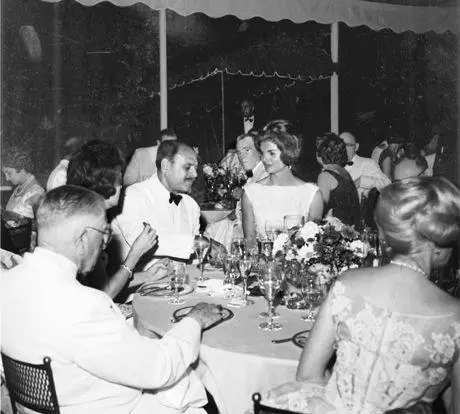
Mrs. Kennedy and Ayub Khan at Mount Vernon dinner
Mrs. Kennedy was beaming the entire evening. She was seated next to Ayub Khan, and while I couldn’t hear the conversation, it was clear they were truly enjoying each other’s company. She later told me that they spent much of the evening discussing a shared passion—their love of horses. Mrs. Kennedy was enthralled with Ayub Khan’s captivating stories of life in Pakistan—and intrigued by this part of the world that she had never visited. Naturally, Ayub Khan had offered an open invitation to President and Mrs. Kennedy to visit him in his homeland. As crazy as it sounded, I had a feeling that Mrs. Kennedy might find a way to take him up on the invitation.
8
Fall 1961
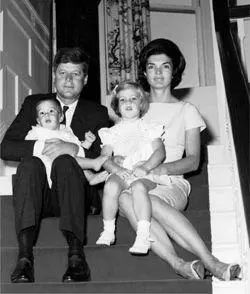
Family photo at Hammersmith Farm
During the summer of 1961, from the time we first went to Hyannis Port at the end of June, Mrs. Kennedy spent the better part of four months away from the White House. She did return on a few occasions to participate in official functions such as the Mount Vernon dinner in July, and another state dinner on September 19 for President Don Manuel Prado of Peru, but those were the only times during the summer that I was able to go home.
After a brief stay in Washington for the state dinner for President Prado, we were off to New York City on September 24, so Mrs. Kennedy could attend the president’s speech to the United Nations the next day. Of course we stayed at the Carlyle—the president and Mrs. Kennedy in their luxurious apartment—with all the agents spread around the building, some of them three or four to a room due to lack of availability, and to cut down on expenses.
The day after the president’s speech, we flew to Newport, Rhode Island, and on to Hammersmith Farm, the home of Mrs. Kennedy’s mother and stepfather, Hugh Auchincloss. The children, John and Caroline, had been driven there earlier by their Secret Service detail.
I had been to Newport with President Eisenhower, so I was familiar with the area. Having been to Ambassador Kennedy’s stately homes in both Palm Beach and Hyannis Port, I expected that the Auchincloss estate would be on par with those residences. But as we drove up the long curving driveway to Hammersmith Farm for the first time, I was honestly taken aback by the grandeur of the home in which Mrs. Kennedy had spent many of her childhood years.

Hammersmith Farm, Newport, Rhode Island
The home was a Victorian-style mansion that looked like something straight out of the English countryside. Weathered shingles gave it a cottage-like feel, but you could hardly call this a cottage. Twenty-eight rooms were spread out among three levels; countless brick chimneys stuck out of the roof; and there was even a turret. The mansion was set on a rise in the middle of forty-eight acres—about eight times the size of the entire Kennedy compound in Hyannis Port—that overlooked Narragansett Bay. Most of the acreage was lawn, and I figured it had to take a whole staff of gardeners just to keep that grass mowed. Off to one edge of the property was a beautiful stable—plusher and much larger than the two-bedroom house in which I’d grown up in Washburn—with multiple stalls for the family’s horses.
In between the stables and the main house was the tennis court. Gravel paths dissected the lawn, meandering around the property, leading from the house to the tennis court to the stables, and down to the dock, where there was a small, rocky beach. I could just imagine how it must have looked on September 12, 1953, when twelve hundred people attended the wedding reception for Jack Kennedy and Jacqueline Bouvier. It must have been spectacular.
One of the presidential yachts, the Honey Fitz, had been sailed to Newport prior to the president’s arrival. It was berthed at the Newport Naval Station and brought to the dock at Hammersmith Farm every morning for the president’s use. This ninety-two-foot Navy yacht had been commissioned for use by the sitting president. During the Eisenhower administration, it was named the Barbara Anne, after one of the Eisenhower granddaughters. President Kennedy had it renamed the Honey Fitz after his maternal grandfather, John Frances “Honey Fitz” Fitzgerald. Taking the Honey Fitz out for a lunchtime cruise became a daily activity, and just like in Hyannis Port, I would always be out on one of the jetboats, securing the area around the yacht.
Читать дальше





